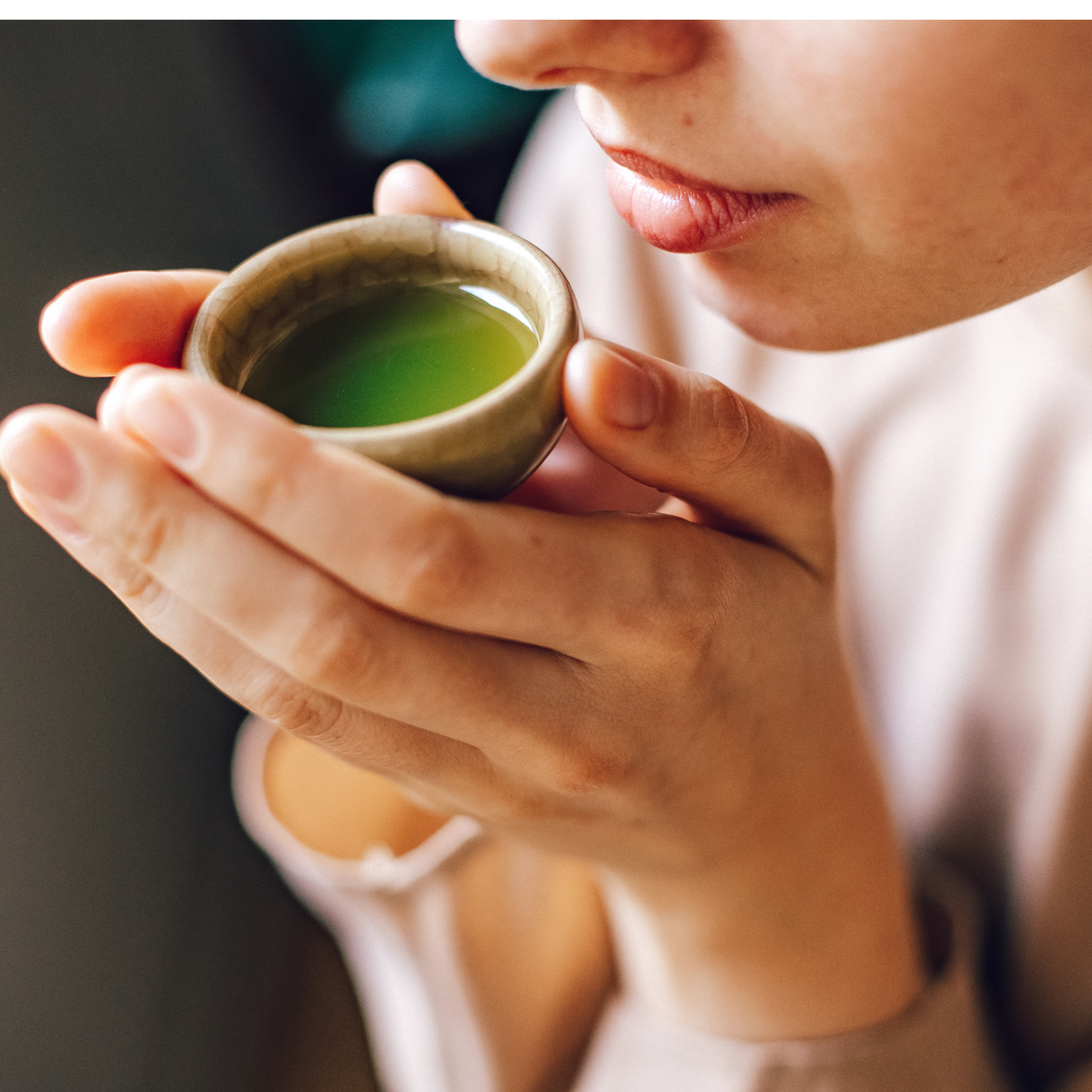
Matcha Meditation
Share
Understanding matcha meditation
Matcha meditation combines the calming properties of matcha with mindfulness practices to create a serene and focused mindset. When practicing matcha meditation, you are encouraged to savor each sip of your matcha mindfully, allowing yourself to be present in the moment. The ritual of preparing and enjoying matcha can help center your thoughts and promote a sense of inner peace. Engaging in matcha meditation may enhance your overall well-being by promoting relaxation and mindfulness in your daily routine.
Origins and history of matcha
Matcha, a powdered green tea, has been an integral part of Japanese culture for centuries. It was initially introduced to Japan by Buddhist monks in the 12th century. These monks found that drinking matcha helped them stay alert yet calm during long meditation sessions. Over time, matcha became deeply ingrained in Japanese tea ceremonies, known for their focus on mindfulness and tranquility. Today, matcha continues to be a symbol of tradition and serenity in Japanese culture.
Health benefits of matcha
Matcha is packed with antioxidants, which help boost your immune system and fight off diseases. It also contains L-theanine, a compound that promotes relaxation and reduces stress. Additionally, the caffeine in matcha provides a smooth energy boost without the jitters often associated with coffee. Drinking matcha can improve your focus and enhance your concentration levels throughout the day.
Incorporating matcha into meditation practices
Many find that adding matcha to their meditation routine enhances focus and relaxation. Matcha brings a sense of calm due to its unique blend of L-theanine and caffeine, which promotes alertness without the jitteriness. By incorporating matcha into your meditation practice, you may experience improved concentration and a deeper state of mindfulness. Furthermore, matcha contains EGCG, a potent antioxidant known for its calming effects on the brain. This combination of focus and relaxation makes matcha a popular choice for those seeking to enhance their meditation experience.
Rituals and traditions surrounding matcha meditation
Japanese tea ceremonies, known as chanoyu, are rich in tradition and are often associated with matcha meditation. Here are some key rituals and traditions that surround matcha meditation:
- The practice emphasizes mindfulness and focus.
- Matcha is prepared using a special bamboo whisk known as a chasen.
- A traditional tea ceremony room, called a chashitsu, is often used for these rituals.
- The act of serving and sipping tea is considered a sacred and meditative process.
- Participants often follow specific etiquette and gestures during the ceremony.
Matcha as a mindfulness tool
Matcha has been used as a mindfulness tool for centuries in Japanese tea ceremonies. The practice of preparing and savoring matcha promotes a sense of calm and focus, encouraging a meditative state. Matcha contains an amino acid called L-theanine, known for its ability to promote relaxation and reduce stress. The ritual of preparing and drinking matcha can help you cultivate mindfulness in your daily life, providing a moment of tranquility and reflection.
The spiritual connection of matcha meditation
Matcha meditation goes beyond just a simple beverage. When you engage in matcha meditation, you tap into a deeper sense of spiritual connection. The ritual of preparing and consuming matcha can help you center yourself, find inner peace, and enhance mindfulness. Through this practice, you can achieve a heightened state of awareness and presence in the moment.
Techniques and methods for matcha meditation
Matcha meditation involves preparing and sipping matcha tea mindfully. Here are some techniques and methods you can use for matcha meditation:
- Focus on your breathing: Take deep breaths while you prepare and drink your matcha tea. This helps center your mind and body.
- Set an intention: Before starting your matcha meditation, set a positive intention for the practice. It could be gratitude, peace, or focus.
- Engage your senses: Notice the color, aroma, and taste of the matcha tea. Engaging all your senses enhances the experience of meditation.
- Stay present: Try to stay focused on the present moment rather than letting your mind wander to past or future thoughts. Be fully immersed in the act of drinking matcha.
By incorporating these techniques and methods into your matcha meditation practice, you can deepen your connection with the ritual and experience its cultural significance.
Enhancing meditation experiences through matcha
Matcha, a powdered green tea, is known for its calming effects on the mind and body, making it a unique ingredient to elevate your meditation practice. The amino acid L-theanine found in matcha promotes relaxation and focus, helping you achieve a deeper state of meditation. Incorporating matcha into your meditation routine can enhance your mindfulness and promote a sense of tranquility.
Conclusion: Embracing matcha meditation into daily life
To fully incorporate matcha meditation into your daily routine, start by setting aside a specific time each day for your practice. It can be in the morning to kickstart your day or in the evening to wind down. Make it a priority to create a calming environment for your meditation, free from distractions. Utilize matcha as a focal point during your practice, allowing its soothing properties to enhance your meditation experience. By regularly engaging in matcha meditation, you can cultivate mindfulness, reduce stress, and promote overall well-being in your daily life.
